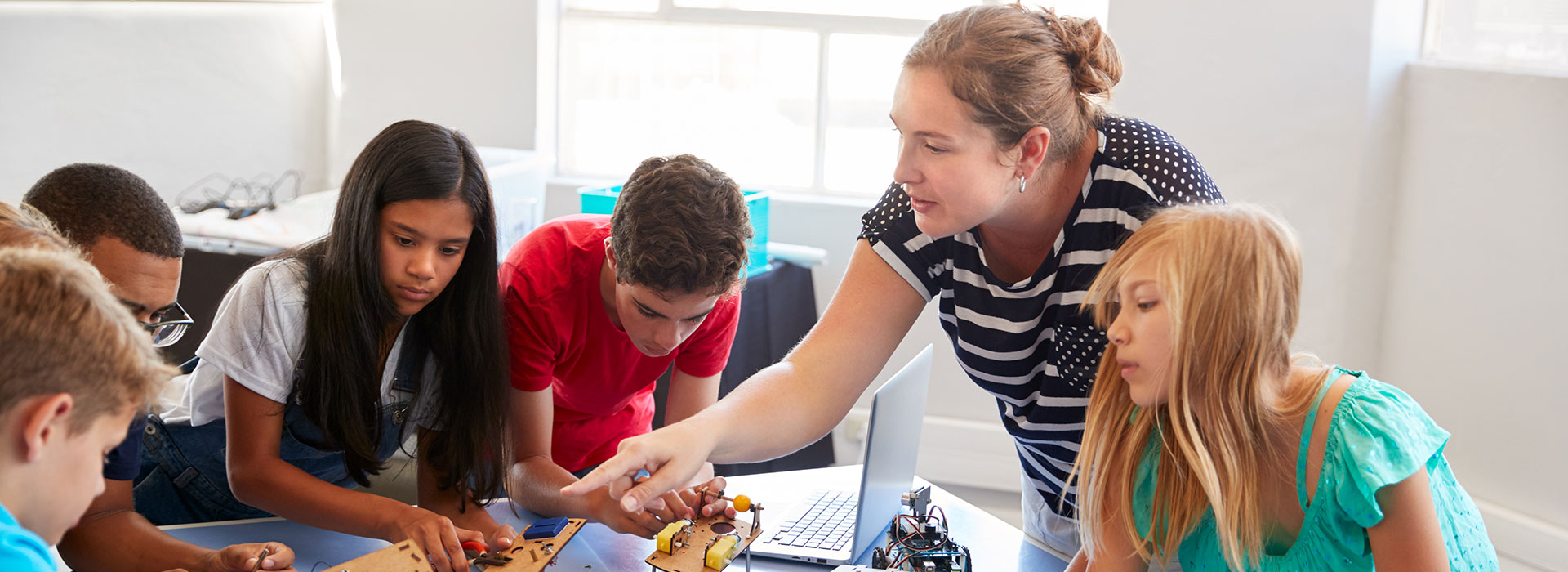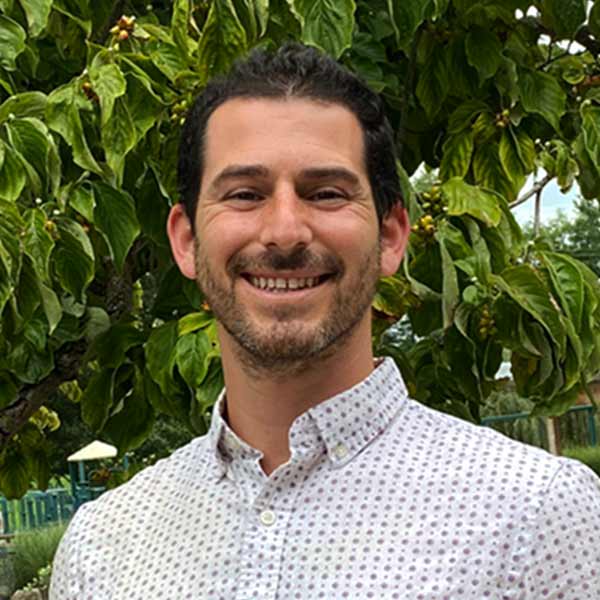Inspiring Learners Starts with Inspiring Educators
You’re sitting in a faculty meeting. The topic of discussion is tactical, even a bit inane — lunch protocols aren’t exactly the reason you got into education in the first place. Plus, you’ve recently been inhaling some provocative blog posts and Twitter chats that have left you hungry for a meatier discussion — the kind of discussion that is both vexing and satisfying. You’re aware that you don’t have all the answers, but you at least want to chew on the questions.
You wonder whether your colleagues are similarly eager. You quickly scan their faces. You can’t quite tell what’s running through their minds, but their torpid state tells you that a deviation from the agenda wouldn’t really bother anyone.
You take a deep breath, clear your throat, and signal that you have something to say. Your division leader pauses and asks what’s on your mind. “A discussion of lunch protocols is only necessary because of the way that we segment time during the school day,” you say. “This segmentation is an organizational principle, not a learning device. What if we merged our 7-block rotation into a single 7-hour block and allowed students to make fluid, personal choices about how to spend their time in the building, including when they wanted to eat?”
You finish speaking and keep your eyes forward. You don’t see it, but you can feel the energy in the room shift. You can sense a growing harmony and synergy beginning to surface. What you don’t yet know, though, is how your division leader is going to respond.
After a lengthy silence, they excitedly reply, “Yes! This is precisely the sort of creative and unorthodox thinking that we need to help move this school forward.”
You’re elated. You feel heard and valued and supported.
“But,” they continue. “This isn’t something that we can devote our limited resources to at the moment. Maybe this is something we can revisit down the line.”
That hope deflates. You feel dejected, denied, and patronized. This style of leadership in education; the pairing of these two words — “Yeah” and “But” — are enough to torpedo your enthusiasm, and leave you counting the minutes until the meeting is over, so you can get home and tell your spouse what an awful day it’s been.
The Impact of “Yeah, but”
The insidious and instantaneous impact of “Yeah, but…” isn’t exactly breaking news. It’s fundamental to the world of improvisational theater. In the world of education, though, it’s our modus operandi. “Yeah, but…” is part of an educator’s argot and integral to an administrator’s toolkit. Whether it’s a student proposing an alternative idea for an assessment or a teacher proposing a novel scheduling change, our responses sound a lot like…
“Yes, I think that’s a tremendous idea, but…”
“Yes, you’re on the right track, but…”
“Yes, I get it! But…”
The trouble here isn’t just the way that such a response erodes psychological safety or actively undercuts our efforts to prioritize students’ and teachers’ mental well-being, but the way that it actually prevents us from innovating. These two words are the defender of the status quo. These two words are the roadblock to the future.
Here we are in the midst of the Fourth Industrial Revolution, and we’re stuck in patterns and habits that remain unchanged since the Second Industrial Revolution.
In five years, current 5th graders will be ready for their first summer jobs. Some of these students will scoop ice cream, some will bag groceries, and others will babysit. But, these will not be the only jobs available. In five years, students will have a choice between their first retail job taking place in a brick and mortar location or in the metaverse. Students will have a choice to work as an intern in an art studio, or to sell their art via NFTs. None of this is about old options dying, but rather about new options emerging. How is the status quo preparing students for this flood of new opportunities?
Many educators and administrators are wrestling with this exact conundrum. There is a growing and collective sense that we need to be bold and daring when inspiring learners with the kind of change that will prepare students for the world of both today and tomorrow.
Of course, it’s daunting when we think about how to initiate such a change. Fortunately, the sort of change we’re talking about is predicated on a simple shift in our language.

The Benefit of “What If”
As opposed to responding to a new idea with, “Yeah, but…” all we have to do is respond with, “What if…”
What if learning was interdisciplinary? What if we abandoned traditional grading practices? What if school could take place outside of the school building? What if all learning incorporated service and JEDI work? What if students planned, monitored, and evaluated their own progress? What if we replaced content standards with conceptual benchmarks? What if school wasn’t stratified by age, segmented by subject, or subdivided into tracks? What if…
Just the other day, a teacher came to me after watching Most Likely to Succeed. He excitedly outlined a proposed change to his 6th grade social studies class. This teacher sought to tether units to student-driven research questions, as opposed to discrete civilizations. For him, this proposed change was huge. It was a shift from a more content-based to more conceptual-based curriculum. I was elated. I also knew that he had restricted his own thinking by considering change within the confines of our existing school structure. With two words, I knew I could push this change even further. “What if the entire school day revolved around 6th grade social studies?” I asked. “What would you be doing differently?” A huge grin came over his face.
For the next 45 minutes, we worked together to deconstruct the grammar of his class by creating interdisciplinary double-periods with a rotating cast of other subjects; we rethought his curriculum coverage; we redesigned student self-evaluation protocols to put them in charge of the creation and assessment of their learning.
What’s most exciting about these changes isn’t the changes themselves. What’s most exciting is that they have softened the ground for future change to occur. We know that there is no perfect way to update our practices to prepare students for the future. All we know is that what we’re currently doing isn’t working. This means, we need to be on a constant quest to figure out what does work.
As the saying goes, “Our words become our actions.” What if all it takes is two little words to create a culture of change?
The Core Collaborative Impact Teams uses methods like Appreciative Inquiry when working with educators at all levels of tenure and expertise to break through barriers of communication. Our consultants personalize each coaching experience to fit your team’s specific needs. If you’re stuck in a “Yeah but” culture and would like to shift it to “What if,” contact us.
Learn More!

